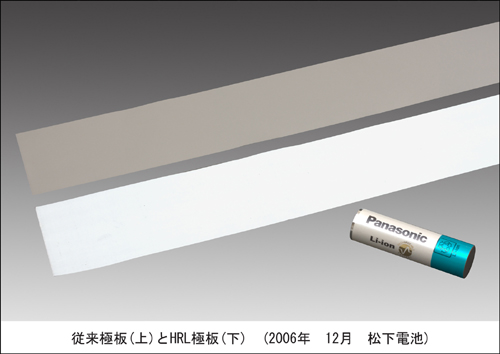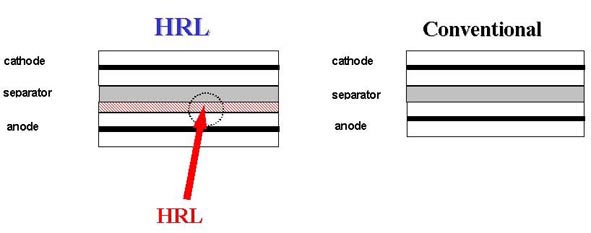Implanted Microgenerator To Harvest Human Energy
Matsushita Launches Mass Production Of Safer Lithium-ion Batteries
Implanted Microgenerator To Harvest Human Energy
A UK-based consortium of companies today announced that it is developing an in-body microgenerator that will convert energy from human body movement into power for implanted medical devices, including pacemakers, electrical stimulators, instrumented joints and body area network applications. The project, led by Zarlink Semiconductor, has received £500,000 in funding from the UK Department of Trade and Industry (DTI), which will be match-funded by the consortium.
Today, batteries in implanted medical devices have a limited lifespan, some needing replacement within seven to 10 years depending on use. Increasing clinical applications, for example wireless monitoring of cardiac pacemakers, and the continuous drive to design less obtrusive implanted devices, is placing further strains on battery operating lifetimes.
While some implanted device batteries can be externally recharged, more commonly the patient must undergo a time-consuming and costly surgical replacement of the entire device. It is estimated that surgical replacement of a cardiac pacemaker can cost up to £10,000.
The two-year SIMM (self-energizing implantable medical micro system) project will prototype a device capable of harvesting energy from movement in or on the body, including joint movement and heartbeats. Body energy will be harvested by means of a microgenerator manufactured as a MEMS (micro-electrical-mechanical system). This prototype design is expected to achieve 10-100 times more power than previous attempts to harvest human energy.
The multi-disciplinary consortium is made up of six companies chosen for their core engineering skill, product exploitation potential and clinical excellence. The group consists of:
- Finsbury Orthopaedics – a leading UK specialist in the design, development, manufacture and supply of advanced joint replacement products;
- Innos – the UK’s leading research and development company for innovations in nanoscale technology will manage silicon fabrication of the device;
- InVivo Technology – will help establish the clinical acceptability and feasibility of a number of proposed energy capture mechanisms;
- Odstock Medical – will utilise the technology developed in the FES (functional electrical stimulation) marketplace;
- Perpetuum Ltd. – will provide kinetic energy-harvesting microgenerator technology;
- Zarlink Semiconductor – will provide advanced micro-packaging techniques at Zarlink’s microelectronics facility in Caldicot, South Wales.
A proof of concept prototype as a result of the project is expected to be released in 2007. To learn more about the SIMM project, please visit: www.implantgen.com.
Source: Zarlink Semiconductor
Matsushita Launches Mass Production Of Safer Lithium-ion Batteries
Matsushita Electric Industrial today announced that one of its subsidiaries, Matsushita Battery Industrial, has established a mass-production system for a lithium-ion battery that incorporates the technology to ensure safety. The company began shipping the industry's first 2.9 Ah high-capacity batteries in April this year and is now ready to mass-produce the products.

MBI has succeeded in improving the safety by forming a heat resistance layer (HRL) consisting of an insulating metal oxide on the surface of the electrodes. Lithium-ion batteries contain a thin polyolefin (generic name of plastic such as polyethylene and polypropylene) separator to insulate the cathode from the anode. When a separator is pierced by an electrically conductive material such as a metal particle, a short-circuit develops, causing the battery to overheat and, in the worst case, catch fire. The HRL used in the Panasonic battery, however, has better insulating and heat-resistant characteristics than polyolefin. Even if a short-circuit occurs, it will cease without causing the battery to overheat.
The HRL technology has enabled MBI to increase energy density and mass-produce safer lithium-ion batteries.
MBI has taken measures to prevent lithium-ion batteries from contaminating with electrically conductive materials by eliminating foreign substances from battery materials and creating a clean environment in the battery factory. Considering contamination with such substances, the company has adopted stronger separators and thermally stable materials. Demand for more safety and capacity, however, called for the development of a new technology. The HRL is a product of MBI's research and development of battery technology and its focus on safety as a first priority.
Matsushita holds 119 patents including pending patent applications with regard to the system.
Source: Matsushita Electric Industrial
Write a comment below. No registration needed!


